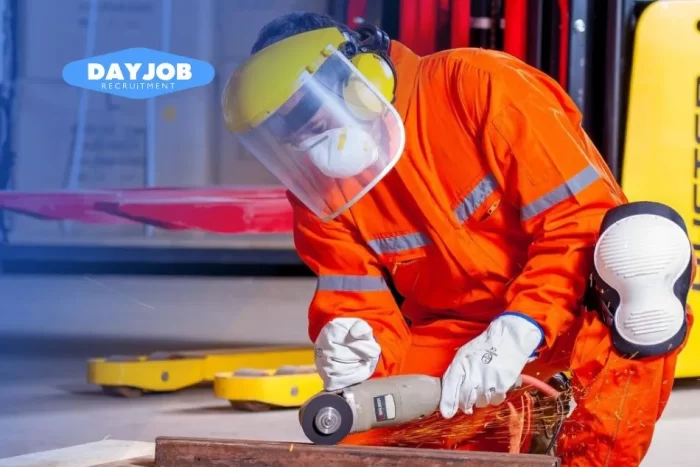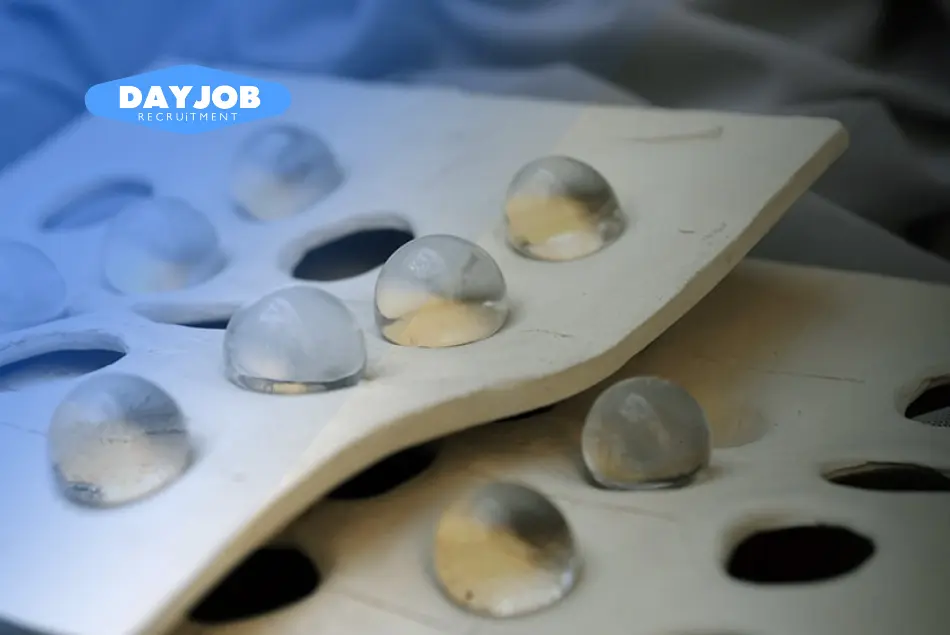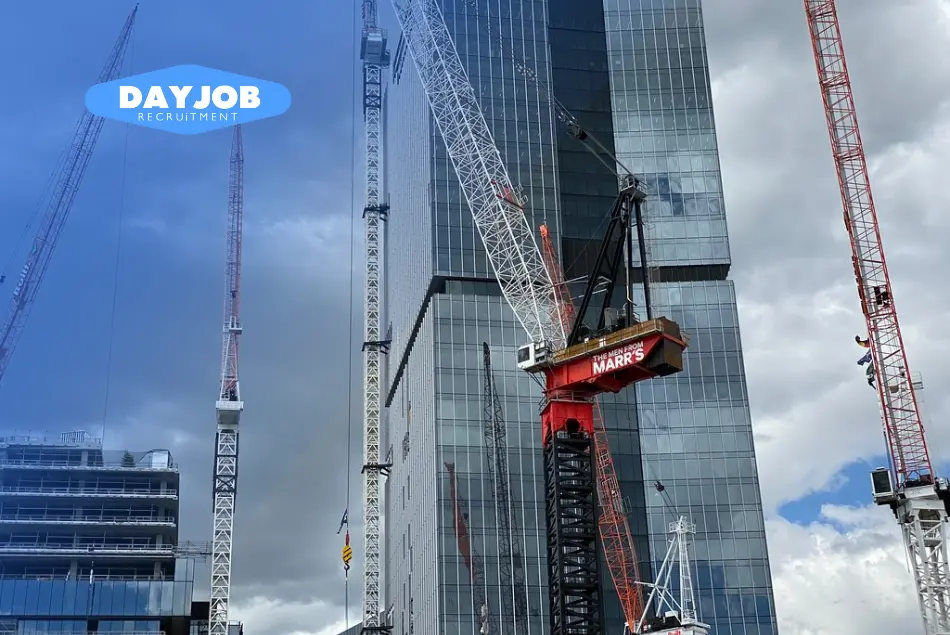The metal fabrication industry plays a pivotal role in Australia’s economy, crucial to the nation’s industrial and economic landscape. This sector, encompassing the production of metal products and their extensive downstream applications, significantly impacts employment and the overall economic output.
As of November 2023, the Australian metal fabrication sector is a critical component of the national economy, employing approximately 42,000 individuals. This workforce is instrumental in generating an impressive economic value of $5.5 billion in 2023, underscoring the sector’s substantial contribution to Australia’s economic landscape.
The significance of these figures extends beyond mere economic metrics; they underscore the paramount importance of maintaining rigorous safety practices in metal fabrication within the industry. Given the substantial number of individuals employed and the high economic stakes involved, ensuring the well-being of workers through stringent safety practices becomes a moral imperative and a critical economic strategy.
Identifying Safety Risks in Australian Metal Fabrication
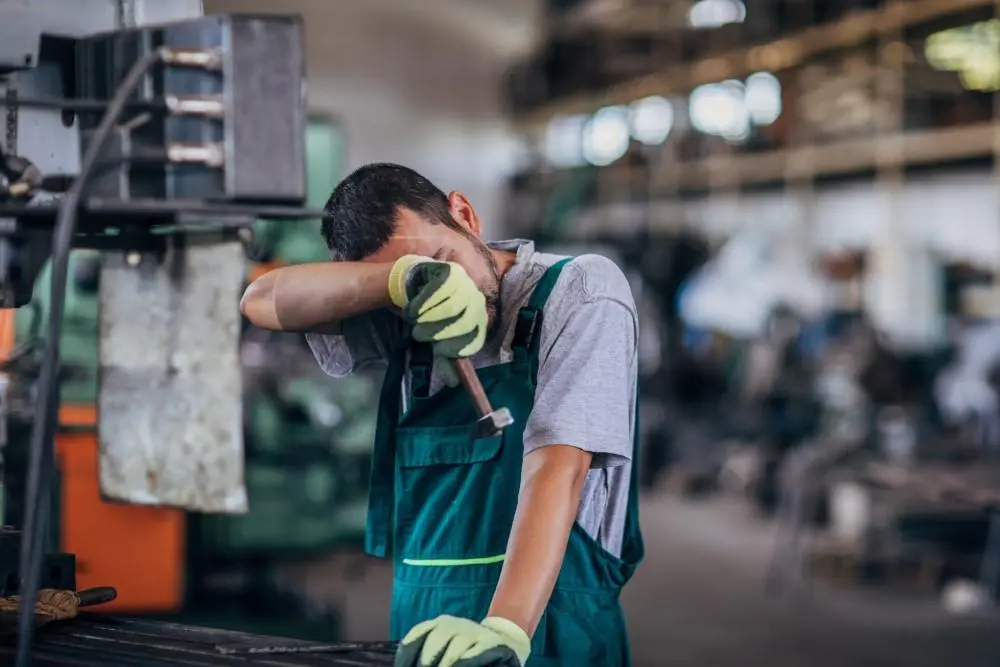
Image Source: thefabricator.com
Safety risks in the Australian metal fabrication industry are significant, given the nature of work, which often involves handling heavy materials, operating powerful machinery, and performing tasks that may expose workers to hazardous conditions.
In 2021-2022, Safe Work Australia recorded 91 fatalities across the manufacturing, construction and mining industries, which encompasses metal fabrication in Australia. Safe Work Australia also recorded 142,700 work-related injuries among technicians, trade workers and machine operators.
Common Hazards in Metal Fabrication
- Physical Hazards: Workers are exposed to various physical hazards, including the risk of falling objects, slips, trips, and falls, noise exposure, sharp edges, extreme temperatures, and vibration from machinery and hand tools.
- Chemical Hazards: Workers face various chemical hazards that pose significant health risks. Welding fumes, for example, contain harmful chemicals like manganese, chromium, and nickel, leading to respiratory issues and other health problems if not adequately controlled.
- Electrical Hazards: Electrical hazards in the workplace, such as faulty equipment, improper wiring, and working in wet conditions, pose significant risks of electrical shocks, burns, and potentially fatal accidents.
- Other Hazards include fire risks from sparks, explosions due to mishandling flammable materials, and potential damage to eyes and skin from exposure to ultraviolet radiation.
Knowledge of Safety Practices in Metal Fabrication
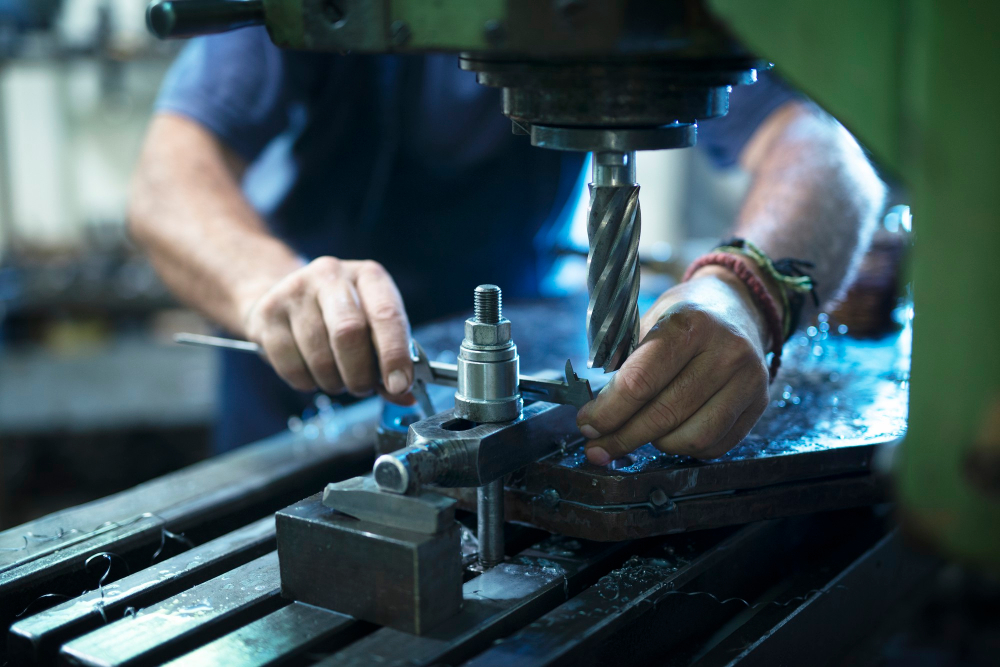
Image Source: ping-el.hr/en
The Australian metal fabrication industry operates under a framework of regulations and standards designed to protect workers from the inherent hazards involved. These standards, along with the WHS Act and specific state/territory regulations, provide a comprehensive framework to ensure safe work practices and minimize risks within the Australian metal fabrication industry.
Safety Regulations in Australian Metal Fabrication
Work Health and Safety Acts (WHS Acts)
These acts provide the legal framework for protecting the health, safety, and welfare of all workers in the workplace. They outline the duties of employers, workers, and other parties in ensuring a safe work environment.
Work Health and Safety Regulations (WHS Regulations)
These regulations provide more detailed requirements for specific hazards and risks associated with metal fabrication, such as noise, hazardous chemicals, and manual handling. They include provisions for personal protective equipment (PPE), safe use of machinery, and ventilation.
Codes of Practice
These are practical guides to achieving the standards of health, safety, and welfare required under the WHS Acts and Regulations. Codes of Practice provide guidance on managing risks associated with welding and other fabrication activities, including safe work practices, environmental controls, and PPE requirements.
Hazardous Chemicals Regulation
These regulations cover the safe handling, storage, and disposal of hazardous substances and dangerous goods, which are common in metal fabrication work. Requirements include proper labelling, safety data sheets (SDS), and control measures to prevent exposure and accidents.
Australian Standards for Metal Fabrication
Standards Australia: This is the nation’s peak non-government Standards organisation. It develops and adopts voluntary technical standards for a wide range of materials, products, systems, and services, including those relevant to the metal fabrication industry.
These standards below provide guidelines for the manufacture, design, and quality control of steel products, ensuring safety and quality in the Australian metal fabrication industry.
| Standard | Description | Summary |
| AS/NZS 1163 | Cold-formed structural steel hollow sections | Specifies requirements for the manufacture, supply, and dimensions of cold-formed structural steel hollow sections (SHS) used in general structural and engineering applications. |
| AS/NZS 1252 | Screws, bolts, nuts and washers for structural applications | Specifies requirements for the materials, dimensions, tolerances, performance, and markings of screws, bolts, nuts, and washers used in structural applications. |
| AS/NZS 1397 | Steel for pressure applications – Seamless tubes | Specifies requirements for the manufacture, dimensions, and properties of seamless steel tubes used in pressure applications like boilers, pressure vessels, and pipelines. |
| AS/NZS 1554 | Welding of steel structures and pressure vessels | Specifies requirements for the welding of steel structures and pressure vessels, including personnel qualifications, welding procedures, and inspection methods. |
| AS 4100 | Welding of steel structures | Specifies requirements for the welding of steel structures, including personnel qualifications, welding procedures, and inspection methods. This standard is similar to AS/NZS 1554 but focuses solely on the welding of structures, excluding pressure vessels. |
| AS/NZS 4600 | Cold-formed steel framing – Code of practice | Provides a code of practice for the design and construction of cold-formed steel framing used in buildings and other structures. |
| AS/NZS 5100.6 | Hot-rolled steel products – Code of practice for fabrication | Provides a code of practice for the fabrication of hot-rolled steel products used in buildings and other structures. This standard covers aspects like cutting, drilling, bending, and assembly of various steel sections. |
Use of Personal Protective Equipment (PPE)
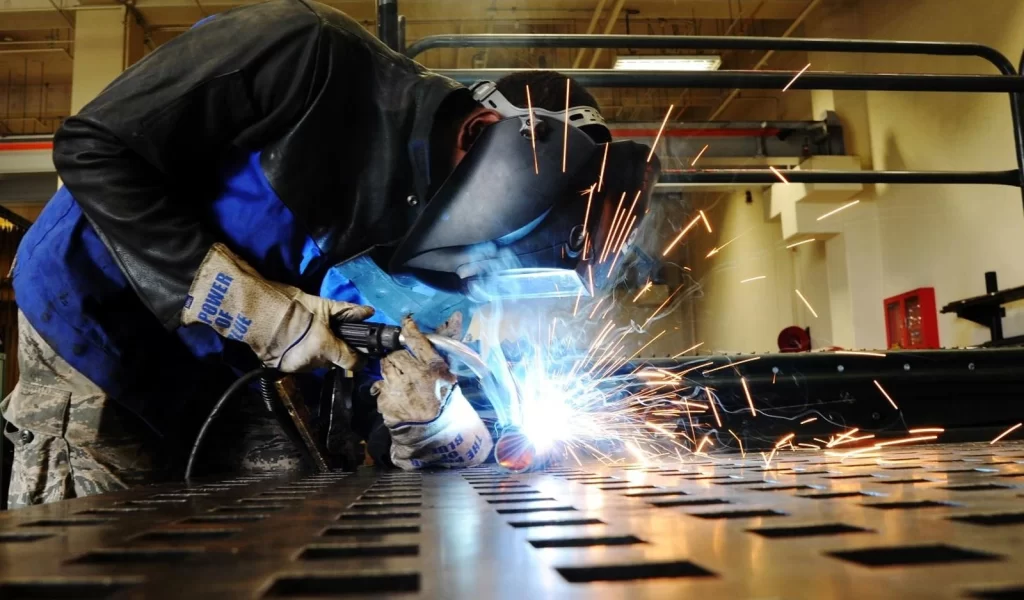
Image Source: steelfabservices.com.au
In Australia, Personal Protective Equipment (PPE) is crucial for ensuring the safety and health of workers, including those in the metal fabrication industry. PPE refers to clothing or equipment designed to protect the wearer from risks of injury or illness.
Below is a table summarizing the essential Personal Protective Equipment (PPE) for the metal fabrication industry in Australia, including the type of protection each item provides.
| PPE Type | Protection Provided |
| Hearing Protection | Protects against noise-induced hearing loss from machinery and tools (e.g., ear muffs and plugs). |
| Respiratory Protective Equipment | Shields lungs from inhaling hazardous dust, fumes, vapours, or gases. |
| Eye and Face Protection | Guards against flying particles, chemical splashes, or radiation (e.g., safety glasses and face shields). |
| Safety Helmets | Prevents head injuries from falling objects or impacts. |
| Fall Arrest Harnesses | Provides protection against falls from heights by stopping the fall before hitting the ground. |
| Skin Protection | Protects the skin from cuts, abrasions, and chemical burns (e.g., gloves, gauntlets, and sunscreen). |
| Protective Clothing | Shields the body from various hazards like heat, flames, and chemicals (e.g., high visibility vests, life jackets, and coveralls). |
| Appropriate Footwear | Protects feet from heavy falling objects, sharp objects, and chemical spills (e.g., safety boots and rubber boots). |
| Anti-Vibration Gloves | Use specialized materials and padding, typically made of gel or foam, to absorb the energy from vibrations. This reduces the amount of high-frequency vibration transmitted to the hands and arms, lowering the risk of developing HAVS. |
| Exoskeletons | By reducing the physical strain on workers’ bodies, exoskeletons can significantly lower the risk of injuries associated with overexertion, repetitive strain, and awkward postures. |
Safe Operation of Metal Fabrication Machinery
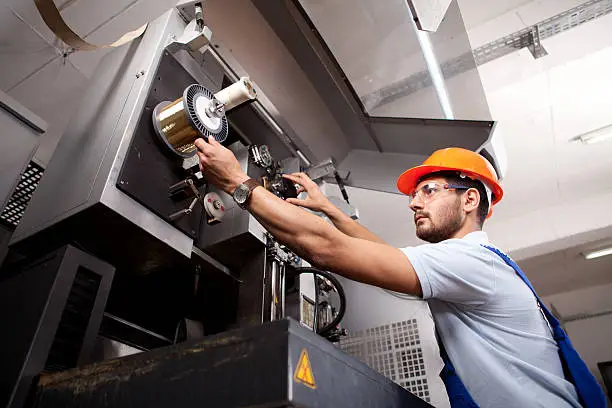
Image Source: istockphoto.com
In the Australian metal fabrication industry, the safe operation of machineries such as press brakes, guillotines, and CNC machines is crucial, involving the use of guards, safety systems, and proper training to prevent workplace injuries. Regular maintenance checks are essential for identifying potential failures and ensuring compliance with Australian safety standards, including AS 4024.1100:2019, which covers the safety of machinery. Adherence to these practices and standards not only prevents serious injuries like amputations and crush injuries but also ensures legal compliance with workplace safety regulations.
Ergonomics and Safe Workplace Design
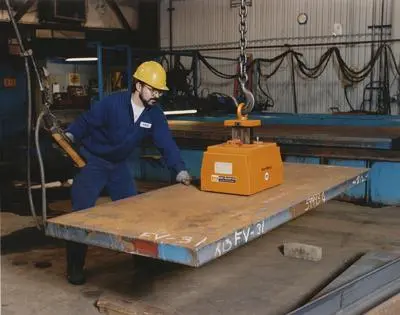
Image Source: thefabricator.com
Ergonomic solutions in metal fabrication environments, as guided by WorkSafe Victoria, emphasize the use of mechanical aids, proper training, and risk assessments to mitigate hazards related to lifting, noise, and manual handling. Implementing ergonomic tools and practices, such as anti-fatigue mats, noise reduction strategies, and slip-resistant floors, aims to enhance workplace safety and reduce injury risks. These efforts are bolstered by ongoing consultation, education, and regular safety assessments to ensure a productive, safe, and worker-friendly environment.
Emergency Preparedness in Australian Metal Fabrication
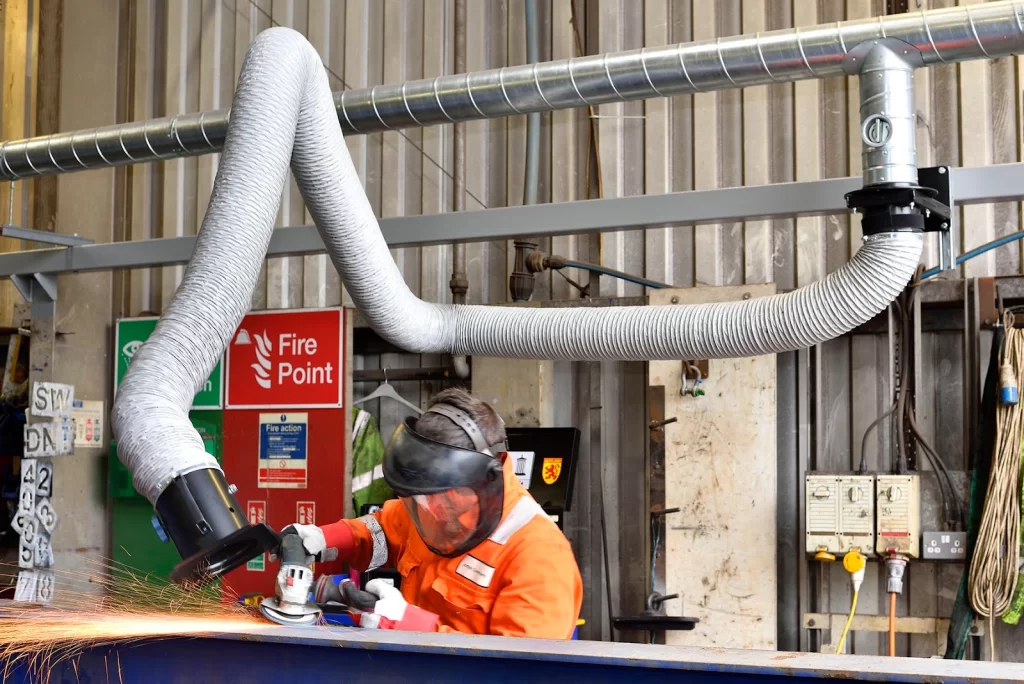
Image Source: fumexltd.co.uk
In the context of emergency preparedness within the Australian metal fabrication industry, developing and implementing tailored emergency response plans is crucial. These plans must account for the unique risks associated with metal fabrication settings, such as the handling of heavy materials, operation of high-powered machinery, and exposure to potentially hazardous substances.
A comprehensive emergency response plan should include procedures for reporting fires or other emergencies, emergency evacuation strategies (including types of evacuation and exit route assignments), and protocols for accounting for all employees before, during, and after an evacuation. Training staff on emergency procedures is another critical component. This training should cover first aid, fire safety, and the specific actions to be taken in response to various potential emergencies.
Conclusion
The Australian metal fabrication industry is a cornerstone of the nation’s economy, significantly contributing to employment and economic output while emphasizing the critical importance of safety practices. The implementation of rigorous safety standards, adherence to national regulations and codes of practice, and the commitment to a culture of safety are all essential to safeguarding the well-being of the workforce.
At Dayjob Recruitment, we understand the critical importance of safety in the metal fabrication industry and the need for skilled professionals who are not only proficient in their trade but also well-versed in the latest safety practices and regulations. We specialize in connecting job seekers who prioritize safety with employers who are committed to creating a safe and productive work environment. Contact us today to learn more about how our recruitment solutions can benefit your business.
Are you a job seeker looking for your next big opportunity? Click below to see how we can assist you in finding the perfect role.
FAQs
How often should safety training sessions be conducted in the metal fabrication industry?
Safety training sessions should be conducted regularly, at least annually, to ensure all employees are up-to-date with the latest safety protocols and regulations. However, more frequent training may be necessary when new machinery is introduced, when there are changes in safety regulations, or if a significant incident occurs. Additionally, refresher courses are beneficial to reinforce safety practices and address any new hazards that may have emerged.
What role does technology play in enhancing safety in metal fabrication?
Technology plays a significant role in enhancing safety in the metal fabrication industry. Advanced machinery equipped with safety features, such as emergency stop buttons, light curtains, and automatic shut-off sensors, can significantly reduce the risk of accidents. Additionally, the use of digital tools and software for risk assessments, safety training, and incident reporting can improve safety management and compliance.
Wearable technology, such as smart helmets and exoskeletons, can also help protect workers from injuries and enhance their physical capabilities.
How can the design of a fabrication workshop influence worker safety?
The design of a fabrication workshop has a profound impact on worker safety. A well-designed workshop should prioritize clear, unobstructed pathways to reduce the risk of trips and falls, adequate ventilation systems to mitigate exposure to harmful fumes and dust, and sufficient lighting to ensure tasks can be performed safely. The layout should also consider the logical flow of materials and processes to minimize the need for manual handling and transportation of heavy items, thereby reducing the risk of physical strain and injury.
Incorporating ergonomic workstations and providing space for the safe operation of machinery and equipment are also critical design considerations.
Interested in how we can support your role as an employer? Click below to learn more.

